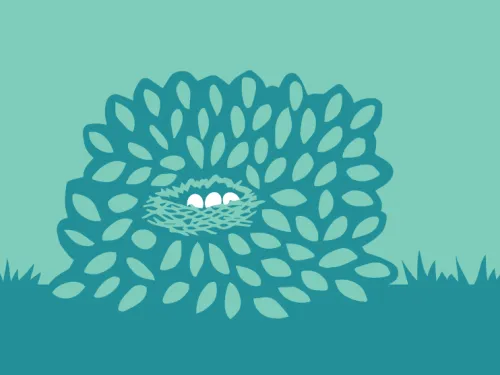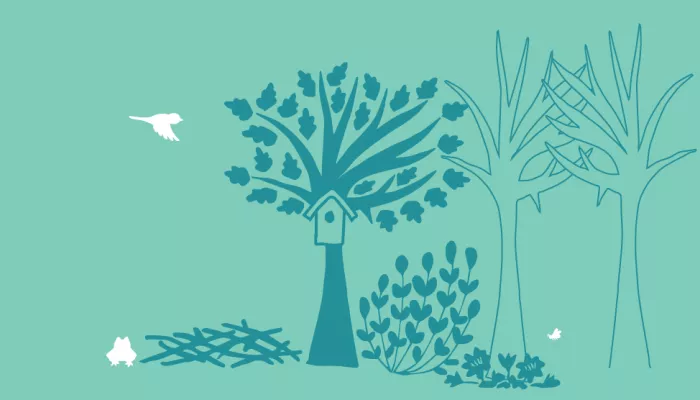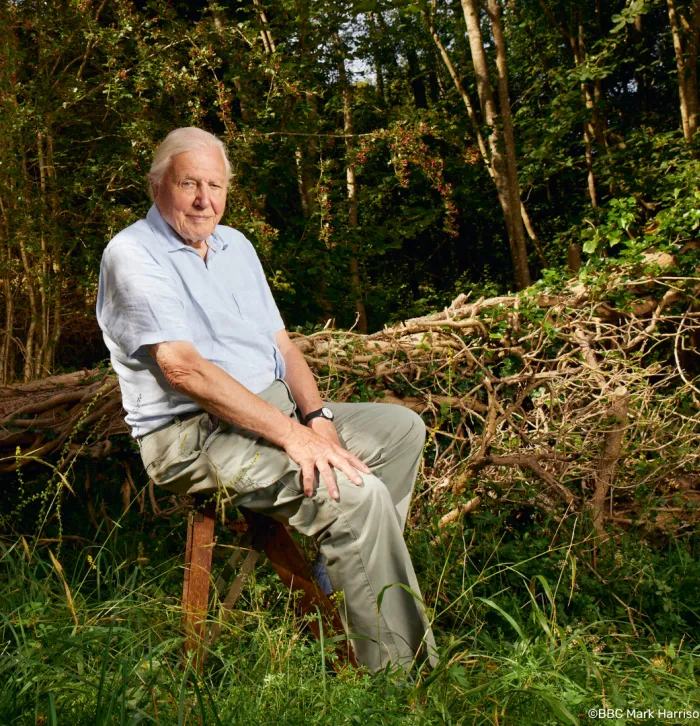
How to provide bushes for nesting birds
In the spring, birds choose the best locations to build nests, so why not offer them a safe place to settle?

Few of us can contemplate having a wood in our back gardens, but just a few metres is enough to establish this mini-habitat!
Surfaced spaces have all kinds of uses. You may need off-street parking, or a low-maintenance alternative to a lawn; a path running between flower beds, or just somewhere to sit and enjoy the garden. There are many surfaces to choose from – paving slabs, poured concrete, granite sets, bricks, decking, turf … But, on balance, gravel can be one of the more hospitable options when it comes to wildlife. Not only is it low-maintenance and relatively cheap for you, but it provides the perfect environment for drought-tolerant planting, attracting wildlife when other parts of the garden may not.
Gravel provides the perfect environment for drought-tolerant planting, attracting wildlife when other parts of the garden may not


In the spring, birds choose the best locations to build nests, so why not offer them a safe place to settle?

Whether feeding the birds, or sowing a wildflower patch, setting up wildlife areas in your school makes for happier, healthier and more creative children.

Provide food for caterpillars and choose nectar-rich plants for butterflies and you’ll have a colourful, fluttering display in your garden for many months.

Instead of draining, make the waterlogged or boggy bits of garden work for nature, and provide a valuable habitat.

Learn a tradition with its roots in the Iron Age and build your own mini dry stone wall to attract wildlife.

Attracting wildlife to your work will help improve their environment – and yours!